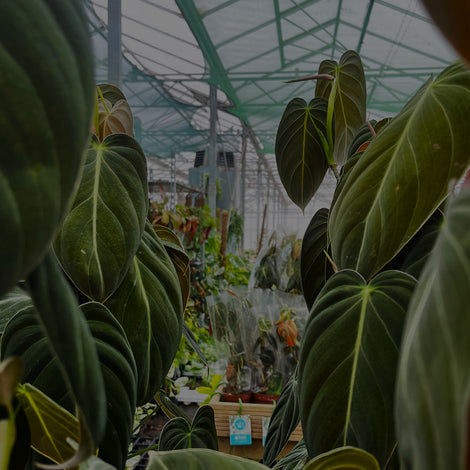Creating a Balanced Aquatic Ecosystem: The Role of Pond Plants
A well-balanced aquatic ecosystem is the backbone of any thriving pond. From oxygenation to providing shelter for fish and other pond inhabitants, pond plants play a pivotal role in establishing this balance. This blog post explores the role of pond plants in creating a healthy, harmonious aquatic ecosystem.
Why a Balanced Aquatic Ecosystem Matters:
A balanced aquatic ecosystem is crucial for maintaining pond health. It ensures stable water conditions, promotes biodiversity, controls algal growth, and provides a healthy, aesthetically pleasing environment. Central to achieving this equilibrium are the pond plants.
Pond Plants and Their Role in the Ecosystem:
-
Oxygen Producers: Through photosynthesis, pond plants oxygenate the water, essential for the survival of fish and beneficial bacteria.
-
Nutrient Consumers: Pond plants help control algae by consuming excess nutrients in the water, which would otherwise fuel algal blooms.
-
Shelter Providers: Pond plants offer protection for pond inhabitants, giving fish and invertebrates a place to hide, breed, and lay their eggs.
-
Sediment Stabilizers: The root systems of pond plants help stabilize sediment, preventing erosion and maintaining water clarity.
Creating a Balanced Pond: Plant Selection and Placement:
Creating a balanced aquatic ecosystem requires careful selection and placement of plants. Here's a selection of ideal pond plants categorized by their location in the pond:
-
Floating Plants: Water Hyacinth and Duckweed are excellent floating plants that provide shade and reduce algae by absorbing excess nutrients.
-
Submerged Plants: Species like Hornwort and Anacharis oxygenate the water, offer habitat for aquatic life, and help maintain clear water by absorbing nutrients.
-
Marginal Plants: Plants like Cattails and Pickerel Weed thrive in the shallows, adding vertical interest, providing cover for wildlife, and stabilizing the pond's edge.
-
Deep Water Plants: Water Lilies and Lotus are the jewels of the pond, providing shade with their leaves and stunning displays with their blooms.
Maintaining Balance: Tips for a Healthy Pond Ecosystem:
-
Monitor Plant Growth: Keep an eye on fast-growing species to prevent them from dominating the pond.
-
Regular Maintenance: Remove decaying plant matter to avoid nutrient build-up and potential water quality issues.
-
Balance with Fauna: Maintain a suitable ratio of plants to fish. Overstocking with fish can lead to excess waste and poor water quality.
-
Use a Variety of Plants: Diverse plant life promotes a healthier and more resilient ecosystem.
Conclusion:
Creating a balanced aquatic ecosystem is both an art and a science. It not only enhances the visual appeal of your pond but also supports a thriving habitat for a variety of wildlife. Pond plants play a critical role in this balance, enhancing water quality, offering shelter, and providing food for pond dwellers. So, immerse yourself in the joy of pond-keeping and create a tranquil oasis that teems with life.























Leave a comment
Please note, comments need to be approved before they are published.